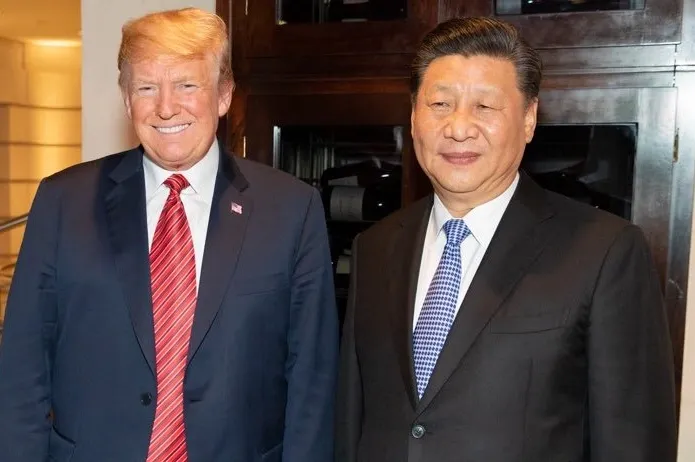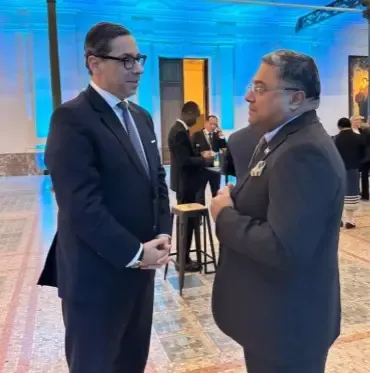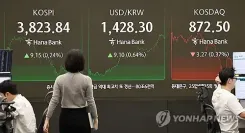Has Trump Extended the Tariff Moratorium on China Until November?

Synopsis
Key Takeaways
- Tariff moratorium extended until November 10, allowing more negotiation time.
- Current tariffs: 30% for US, 10% for China.
- Previous tariffs reached as high as 145%.
- Trade deficit with China was $295 billion last year.
- China is encouraged to increase US soybean purchases significantly.
New York, Aug 12 (NationPress) US President Donald Trump has announced an extension of the tariff moratorium on China, which was set to expire on Tuesday, now lasting until November 10 as discussions between the two nations continue.
On Truth Social, just hours before the moratorium's expiration, Trump stated, “I have just signed an Executive Order that will prolong the Tariff Suspension on China for another 90 days.”
The current tariff rate will remain at 30 percent for the US and 10 percent for China during this extension.
Previously, Trump remarked, “We've been dealing very nicely with China,” and emphasized that the relationship with President Xi (Jinping) is very positive.
Last month, US and Chinese trade officials convened in Sweden for a third round of direct negotiations, but a satisfactory agreement for Trump was not reached.
During the peak of the trade conflict in April, Trump imposed a hefty 145 percent tariff on Chinese goods, prompting Beijing to respond with a 125 percent tariff and a ban on exporting essential rare earth materials crucial for US manufacturing.
However, a truce was reached the following month, leading to a reduction in tariffs and the resumption of some rare earth exports from China.
While Trump has threatened India with a 25 percent tariff for purchasing Russian oil, he has yet to impose similar threats against China.
Vice President JD Vance mentioned to Fox News that such penalties are “on the table,” but Trump has yet to make a definitive choice.
Furthermore, Trump’s deadline for imposing tariffs on all Russian energy imports, should Moscow fail to resolve the conflict with Ukraine, has passed without any action as he prepares for a summit with President Vladimir Putin on Friday to address solutions for the Ukraine War.
Trump is actively seeking ways to diminish the goods trade deficit with China, which totaled $295 billion last year, as per the US Trade Representative.
He suggested on Sunday that China should quadruple its purchases of US soybeans.
Despite China's dominance in the rare earth market, the US possesses advanced semiconductors that are highly desired by Beijing.
Trump, who has limited the sale of advanced chips to China by firms like Nvidia, has proposed allowing them to sell certain versions of semiconductors to China under a unique arrangement where they would pay the US government 15 percent of their profits from these sales.









